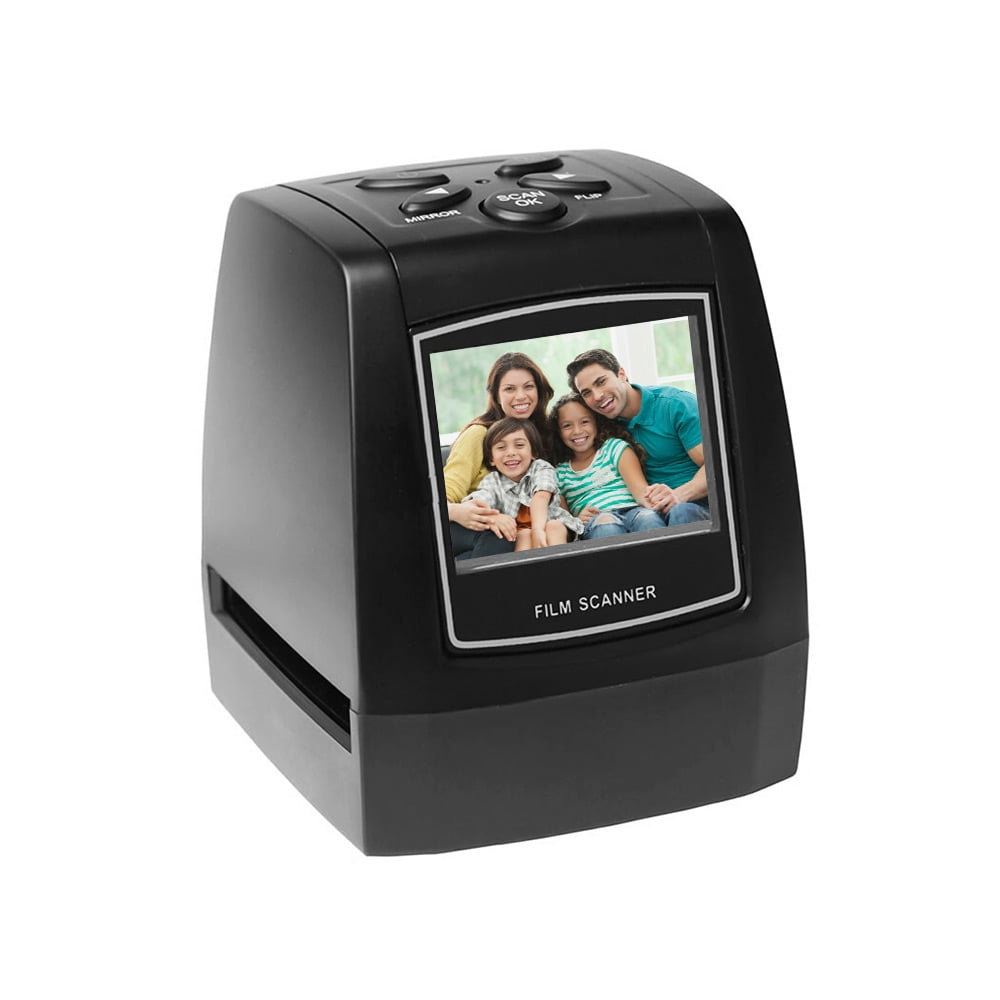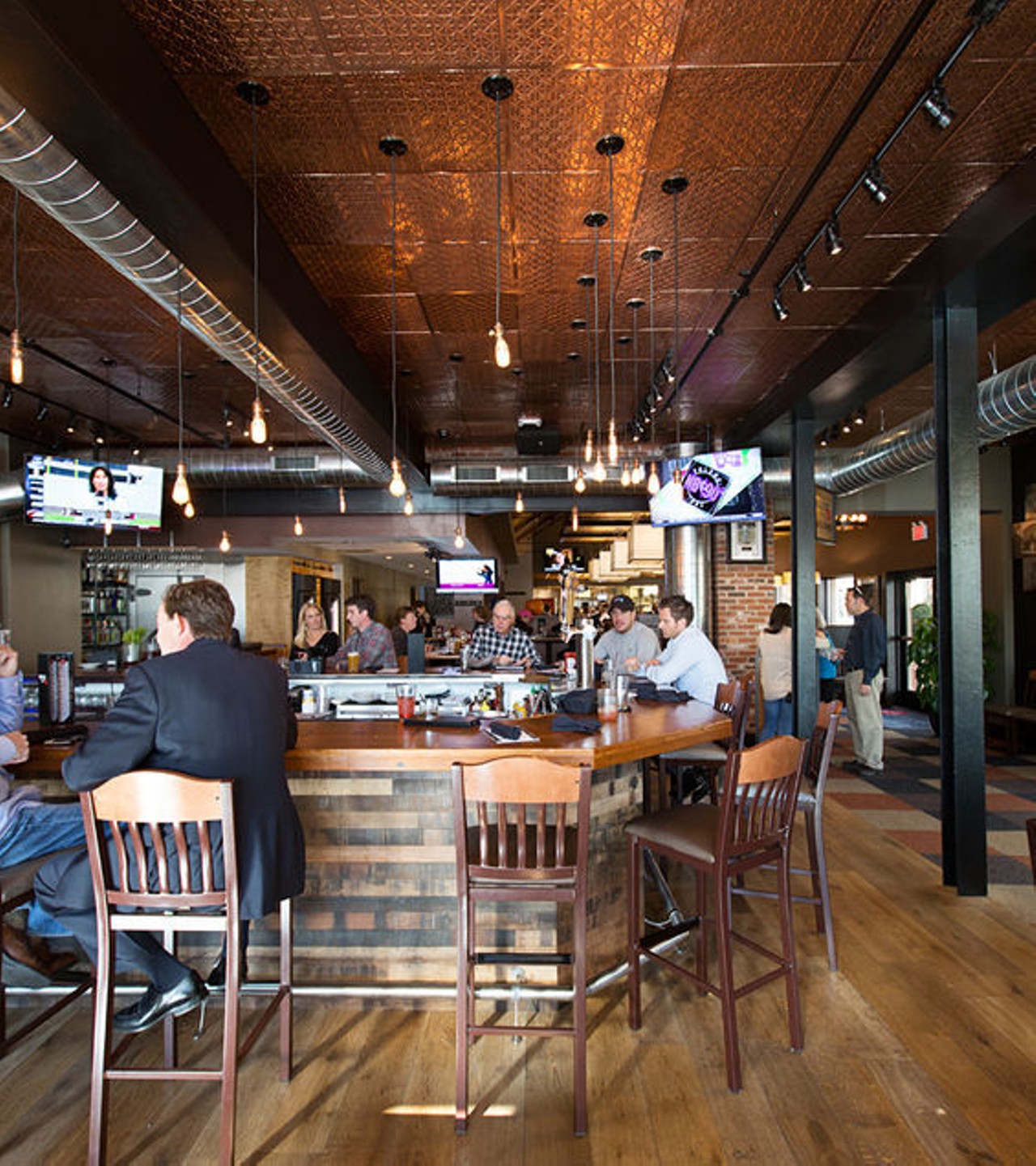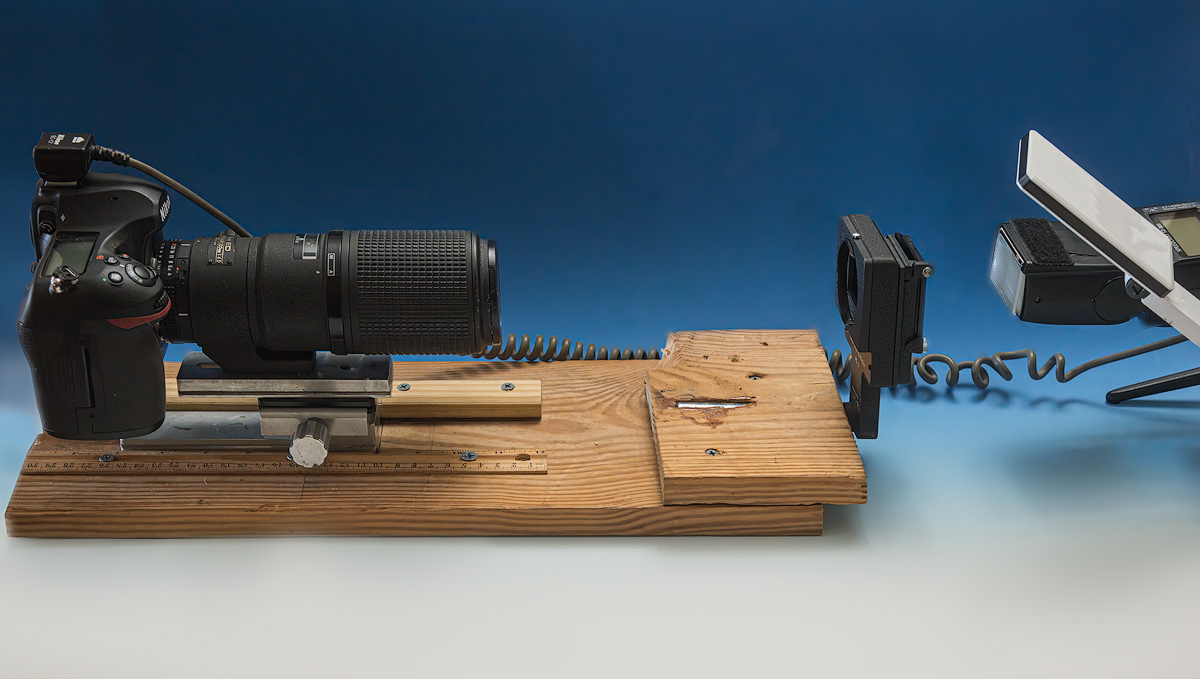
It is set up the camera to capture all the slide in the sideways position.this saves you having to reposition the lens before capturing each photo. It is best to have a clip or something to hold the slides in exactly the same position.Do not put the slide too close to your monitor, as the pixels will show up behind the slide image.

Here are a couple of things I learned in the process. This worked so well that I ended up going deep into my closet and finding old slides that my father had taken back in the 1950s and 1960s. One by one, I would take a photo and then replace the slide with another one. (Note: you do not need an expensive tripod or camera to do this, but a decent macro lens sure helps.) I set the camera to a 2 second timer mode (so that I would not shake the camera at all), and fired a shot of each slide. I moved the camera so that it was right up to the slide and then manually focused the lens to get a good sharp image. I then mounted my Canon 5D Mark IV camera with the Canon 100mm macro lens on my Gitzo tripod. I set up one of my Joby Gorilla Pods and a Manfrotto clamp to hold the slides. I tried shooting some images of an old slide and quickly realized that I needed a better way to keep everything in focus.

I then opened a blank document so that I would have a large white light behind my slides.

Not only will you be able to share your favorite moments with friends and family on social media or via email, you could also invest in the best digital photo frames to show them off around your home.or if you're still wedded to some of the past, you an easily print them off using a compact printer to slide into a more traditional photo frame.I turned on my desktop computer and launched Microsoft Word. The best news is that once you're finished digitally converting your old slides, the ways in which you can share your old photos open up significantly.
HOW TO CONVERT SLIDES TO DIGITAL IMAGES PROFESSIONAL
To save money, consider converting most of your images with a slide to digital image converter, then save the professional route for your best or favorite slides. While this option can result in high-quality images, it might also cost considerable cash. They return your slides as well as a DVD or other medium containing your digitized images. You drop off your boxes of slides and they perform all the heavy lifting. Hire a professionalĭuplication houses and photo finishers often offer slide duplication for a fee. A macro lens allows you to focus more closely, which results in higher resolutions because you don't have to crop as much of the final image. Put your slide on a surface that emits light, such as a flatbed scanner or a tablet, then focus as closely as possible with your camera. These specialized scanners take photographs of your slides with high-resolution cameras and allow you to work through boxes of slides in much less time than you would have to spend using other methods.īest cable modems 2022: The ultimate cable connection setupĪlternatively, you can use a macro lens to take a close-up photograph of your backlit slide. Use a digital image converting deviceįor images of the highest quality, using a digital image converter to transfer slides to digital photographs really should be the preferred option. This method allows you to convert slides to photos without purchasing any other equipment, though. This method produces only medium-quality images because the small size of slides creates images of lower resolution. The scanner you use to digitize documents and photographs can also transfer your slides into digital images. They do produce excellent results, however, so if you're looking for quality digital images, they are a good option. Compared to slide converters, dupers are relatively expensive and can be tough to track down for your specific model of camera. It's best to shoot in RAW format rather than JPG to give yourself maximum control over the final image in post-production. Sometimes called dupers, these devices fit on the front of your camera and allow you to take a high-resolution photograph of each slide. If you own one of the best DSLR cameras, consider digitizing the slides you have using a slide copier or duplicator. If you already have a camera set-up in the home, this is an advantage, although there are plenty of options for anyone who doesn't, including using one of the best photo scanning services for your needs. Here are five different ways to digitize your slides, which can work with any budget.


 0 kommentar(er)
0 kommentar(er)
